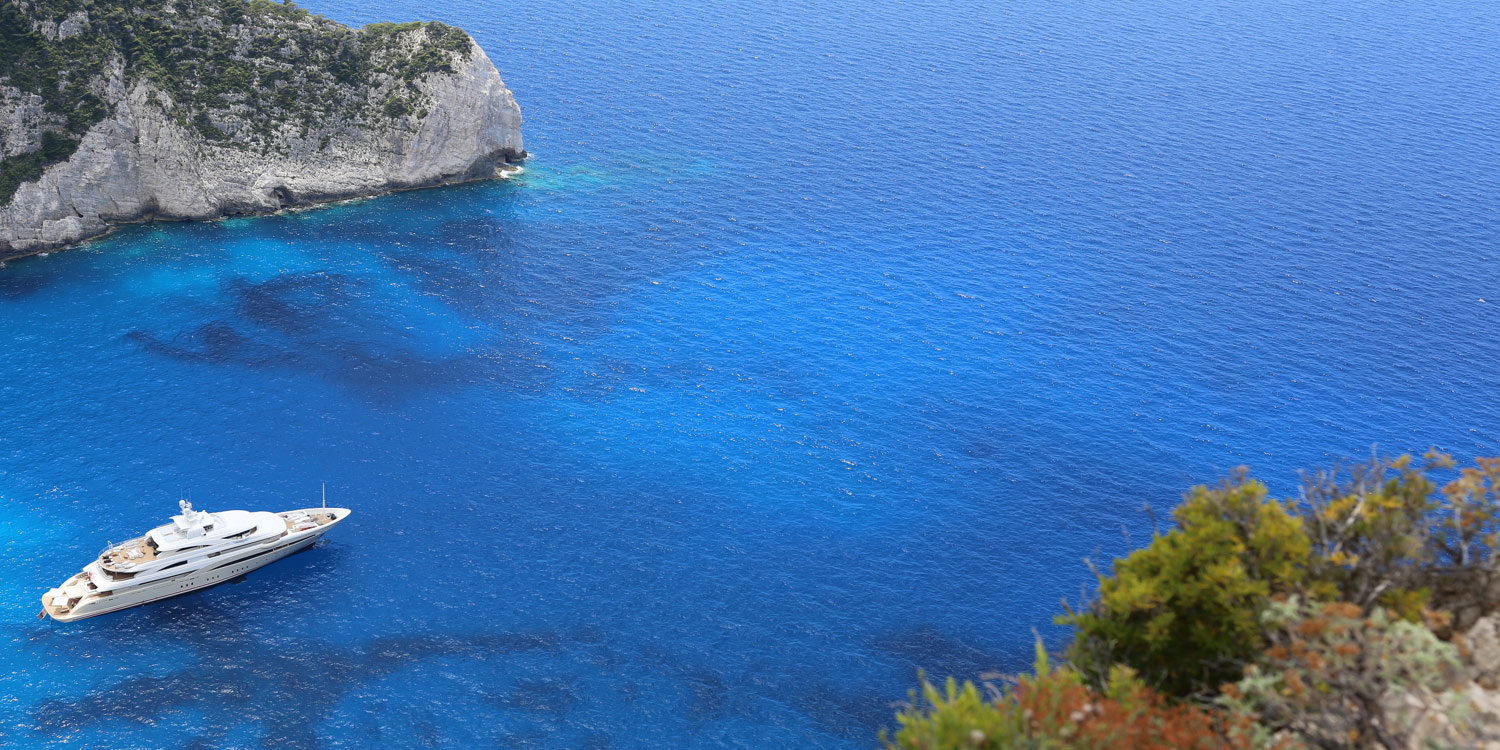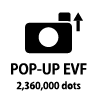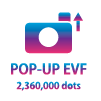Find what you are looking for
or search by
Topics

Article

e-Book

Video

Campaigns

Compact Cameras

DSLRs

Videography

Astrophotography

Mirrorless Cameras

Architecture Photography

Canon Technologies

Low Light Photography

Photographer Interviews

Landscape Photography

Macro Photography

Sports Photography

Travel Photography

Underwater Photography

Photography Concepts & Application

Street Photography

Full-Frame Mirrorless Cameras

Lenses & Accessories

Nature & Wildlife Photography

Portrait Photography

Night Photography

Pet Photography

Printing Solutions

Product Reviews

Wedding Photography

EF Lenses:
The Eyes of EOS
Speed, comfort and high image quality – a promise since 1987.
Proprietary to Canon, EF lenses were launched in 1987 along with the EOS SLR camera system. Superior glass elements are the foundation of every EF lens, ensuring stunning image quality. Through technological innovation, EF lenses continue to evolve to stay relevant today, offering photographer’s endless possibilities.
Today, more than 93 lenses make up the EF range and are compatible with Canon’s current and future camera systems.

Leading with World-first Innovative Technologies Every EF lens created is the result of uncompromised dedication and commitment to innovation. Our range of EF lenses spearheaded the photography industry with world-first technologies such as:

-

-

-

-


EOS 5D Mark IV, EF16-35mm f/2.8L III USM, f/2.8, 16mm, 1/2000 sec, ISO 100
ULTRA-WIDE & WIDE-ANGLE
• Narrow indoor settings
• Vast landscapes
• Vertical buildings to emphasise height
The 35mm is a commonly used wide angle lens for street photography.
Learn more See the prime range See the zoom range Shop Now

EOS 200D, EF50mm f/1.8 STM, f/1.8, 50mm, 1/1600 sec, ISO 200
STANDARD
A standard lens is capable of shooting a variety of images. If your works revolve around photographing everyday situations and objects such as portraits, still life, landscapes, pets and the streets, a standard lens is what you’ll want to invest in.
The 50mm standard lens is a common favourite – affordable compact and multi-purpose. It usually comes with a very wide aperture (e.g.: f1.8), making it great for capturing shots in low light conditions.
Learn More See the prime range See the zoom range Shop Now

EOS-1D X Mark II, EF400mm f/2.8L IS III USM, f/11, 400mm, 1/6 sec, ISO 100
TELEPHOTO
Learn more See the prime range See the zoom range Shop Now
Macro lenses

EOS 70D, EF100mm f/2.8L Macro IS USM, 100mm, f/2.8, 1/640 sec, ISO 200
Macro lenses are especially useful when photographing objects in extreme close-up to create the ‘larger-than-life’ effect. When selecting a macro lens, focal length and minimum focusing distance (the minimum distance between the object and the front of the lens) are crucial. These 2 factors determine the magnification ratio (how much of the frame the object can fill up) – the higher the magnification, the more intricate details are captured on your photo.
See the full range
Shop Now














 Macro lenses
Macro lenses
 Fisheye lenses
Fisheye lenses
 Tilt-shift lenses
Tilt-shift lenses
